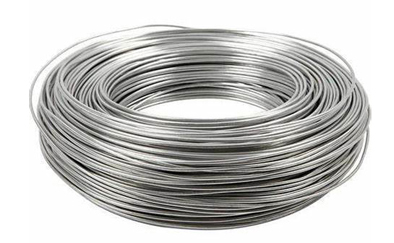Understanding the Components That Make Up a Car and Their Functions
Dec . 13, 2024 19:26
How Many Parts Are in a Car?
When we think about the complex machinery that is a car, it’s astounding to consider just how many components come together to create a functioning vehicle. While there isn’t a definitive answer to the exact number of parts in a car, estimates suggest that a typical modern automobile contains anywhere from 30,000 to 40,000 individual parts. This incredible figure encompasses a wide array of components, each serving a specific function necessary for the car's operation, safety, and comfort.
The Major Components of a Car
To understand the total number of parts, it's valuable to break down the car into its major systems
. Each system consists of numerous elements that contribute to the vehicle's overall functionality1. Engine System The heart of any car, the engine is a complex assembly of thousands of parts. It includes components such as the cylinder block, pistons, camshaft, crankshaft, and more. Each part plays a crucial role in the process of converting fuel into motion, and the engine alone can consist of over 1,000 pieces.
2. Transmission System This system allows the driver to control the speed and torque of the vehicle. Inside the transmission, you will find gears, clutches, and various linkages, further adding to the total parts count. Transmissions can contain upwards of several hundred components depending on the type—manual, automatic, or continuously variable.
3. Suspension and Steering These systems ensure that the car rides smoothly and handles well. The suspension system includes shock absorbers, springs, control arms, and bushings, while the steering system primarily consists of the steering wheel, column, rack and pinion, and various linkages. Together, these systems comprise thousands of individual parts.
how many parts are in a car

4. Braking System Safety is paramount in any car design, and the braking system is among the most critical components. It consists of parts such as brake pads, rotors, calipers, brake lines, and the master cylinder. Each of these parts must work in perfect harmony to ensure effective stopping power, further adding to the overall complexity.
5. Electrical System With the rise of technology in vehicles, the electrical system has become increasingly complicated. This system includes the battery, alternator, starter, and various sensors and wiring, which can number in the thousands. Today’s cars feature advanced technology like infotainment systems, navigation, and driver assistance systems, all relying on countless electrical components.
6. Body and Interior The exterior and interior of a car also consist of numerous parts. From the body panels, windows, doors, and bumpers to the dashboard, seats, and seatbelts, not to mention all associated hardware, these components significantly increase the total parts count.
The Complexity of Manufacturing
Manufacturing a car involves precision engineering and assembly. Automotive manufacturers operate sophisticated factories where robots and skilled workers collaborate to bring together these thousands of parts. The interplay between different systems and components requires meticulous planning, and any issues in just one part can impact the entire vehicle’s performance.
Conclusion
In summary, while the number of parts in a car can vary significantly based on the make and model, the estimate of 30,000 to 40,000 parts provides a fascinating insight into the complexity of vehicle design and construction. Each component plays an integral role in ensuring the vehicle runs efficiently, safely, and comfortably. Understanding this intricacy fosters an appreciation for the automotive engineering that goes into creating the vehicles we often take for granted. Whether it’s a sedan, SUV, or sports car, the myriad of parts interlinked within is a testament to human ingenuity and technological advancement in the automotive industry.




















